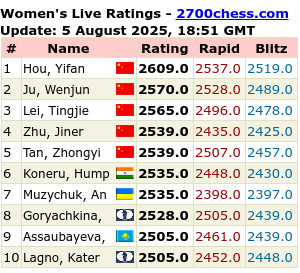Not, you might think, how to convert a won position into a win, which is, for me, a very difficult chess problem, but rather a 'discovered' problem concocted by some fiendishly clever, and certainly time-rich programmers at Lomonosov University in Moscow.
Doubtless bored of just generating 7-piece tablebases for the chess world, and maybe fuelled by home-distilled vodka, they created the following "White to move, and Mate in 549".
Obviously of no practical value, since the mate (far) exceeds the 50-move rule, but perhaps one use is that it offers encouragement to continue playing for those of us chess players who want to go to the bitter end !
The report states...
" White can force a win, eventually, but Black can prolong defeat for as many as 549 moves. Interestingly, the optimal sequence of moves for White involves promoting the pawn to a knight, rather than to a queen."
...which is also a useful reminder that promotions to pieces other than Queens are sometimes useful.
Understandably, it doesn't give either the (full) solution, nor the first move, but to start you off, my engines ( Rybka 4 & Arasan 16) after 5 minutes of processing give Ke6 or Kg7 respectively, and a +0,25 advantage for White.
For fun, I played Kg7 as White against a an old shredder engine ( version 9.11 ) restricted to 1550 ELO, ie the probable level of my opposition at the moment, and I won in 10 moves.
Setting up the position and letting Rybka play itself ?
A draw after 50 moves.

Here, just with Queen vs Rook + Knight
Here with all pieces left on.
So, there you have it. A theoretical win for white, but in (GM) practice a draw. In amateur chess, I bet most of us would play on for quite a while for either side, and see what happens !
What would you do ?
Setting up the position and letting Rybka play itself ?
A draw after 50 moves.

Here, just with Queen vs Rook + Knight
Here with all pieces left on.
So, there you have it. A theoretical win for white, but in (GM) practice a draw. In amateur chess, I bet most of us would play on for quite a while for either side, and see what happens !
What would you do ?




0 comments:
Post a Comment